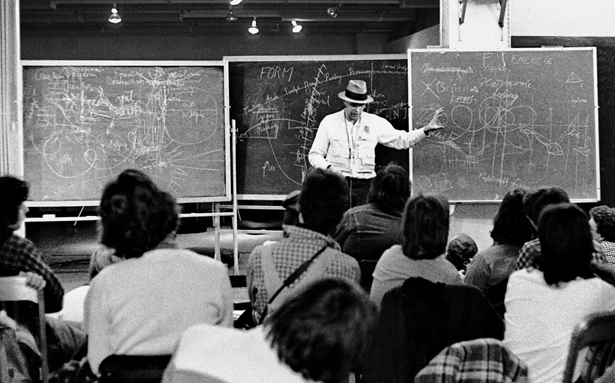Microteaching Planning: Writing Space

Microteaching: Writing Space
At the moment we can’t work with a physical object or artefact, however we can start thinking about the essay as a space or object—hopefully bridging the gap between studio thinking and writing techniques. The main aim of this session is to think about a fragment of text as a spatial sequence and make it into an object. If you think about your writing as a piece of architecture that progresses in a logical way, with an appropriate atmosphere, then it will also be clear to the reader in both expression and structure. For example, one space should always lead to another (no dead ends!) and eventually to some stairs which lead to the next space or argument.
Learning Outcomes
Not all of the learning outcomes were relevant to my task but attempting to link each one has really helped develop my thinking about the session.
Observational skills
Observe both text and architecture in a different way and apply ideas of writing to both.
Visual literacy (ability to ‘read’ objects, to find meaning from them)
The ability to see essay structure as an architecture, and visualise an essay as a sequence of spaces. Students should be able to observe text as a space rather than read it.
Design awareness and knowledge
The session prompts students to ‘design’ their essays rather than write them. The aim is to bridge the gap between design awareness and writing practise.
Team working
Students will analysis a fragment of text from John Berger’s Ways of Seeing, split it into Point, Evidence, Explanation, Link and then apply that knowledge to a plan. This will be a group activity and it will be interesting to see which parts of the building students associate with different parts of the text.
Critical analytical skills
Acknowledge that Point, Evidence, Explanation and Link is not the only type of paragraph structure and that writers often blur them together dependant on their style and the purpose of a particular text. What are the positive and negatives of this?
Drawing skills
Students will draw out a floor plan of their current essay and paragraph structure.
Communication
As many of the students are naturally more visual communicators, the session aims to amplify these skills for essay writing.
Aesthetic judgement.
The students will consider different types of writing and what spaces they share characteristics with. What kind of space is their essay question? What kind of space would be a bad essay?
Understanding of key concepts (e.g. branding, style, ethics).
The session will teach students about communication and transmission, along with logical and clear exposition of ideas and arguments.
Research skills and confidence
A clear structure and mode of expression will hopefully give students more time for research and developing other skills. They can think about their essay as an architecture and see what area requires more research. It is often hard to ask ‘what is missing from my essay?’ But easier to think about ‘what is missing from my building?’ Is the stair linking paragraphs missing? Does the conclusion, the view from the type of the building, really include all my finding and everything I can see from the top? Does the essay building have a door and enough stair cases linking it all together.
Inspiration
Students may be thinking about their writing as the wrong type of building, and picking a correct one may distill ideas and writing style. A strongly academic essay may have the structure of a rigid high-rise, but a more personal and subjective essay could look more like a cathedral with more varied construction. Inspiration could also be defined as, for me at least, thinking about a commonplace thing in a completely different way—a key aim of this teaching session.
Microteaching Slides











